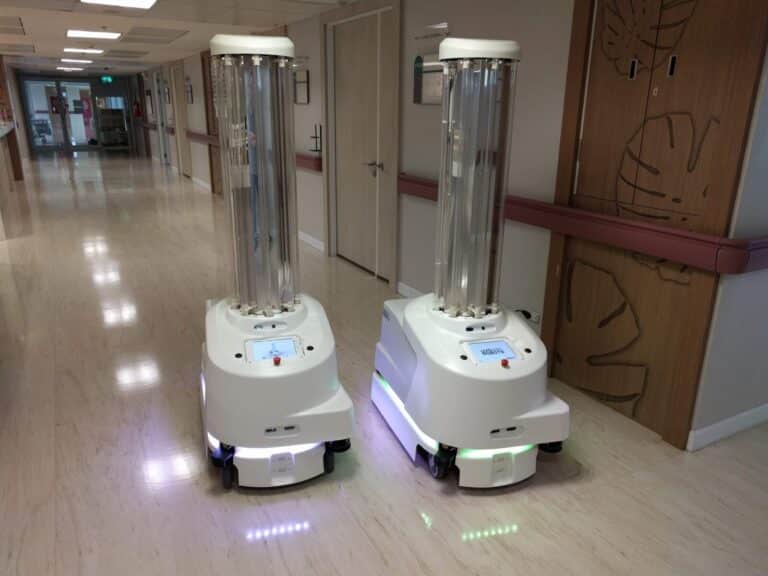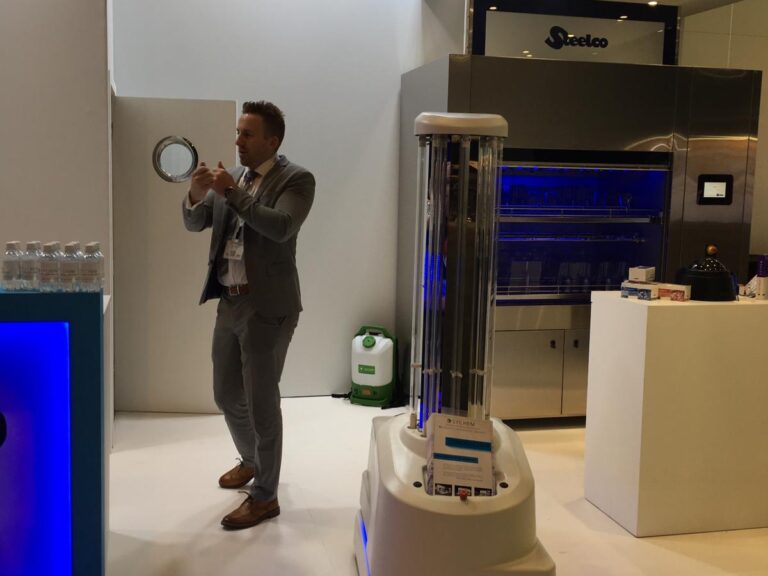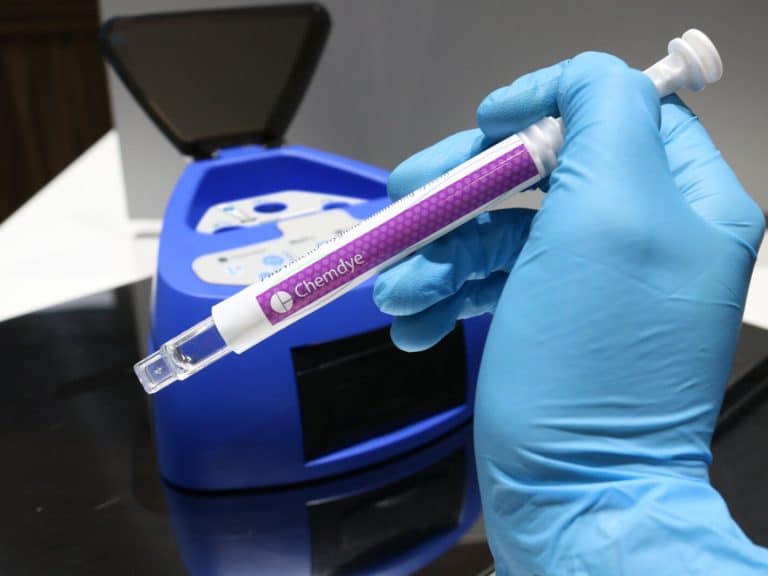UV disinfection uses UV-C light to destroy bacteria’s DNA structure which prevents them from performing vital cellular functions, such as a microorganism’s ability to reproduce and are left inactive, ensuring that bacteria is unable to spread, preventing infection. This type of disinfection is also known as UVGI or Ultraviolet Germicidal Irradiation. For UV disinfection to be effective, the ultraviolet light must touch a surface, this means trying to combat shadowing in the disinfection process is extremely important. Sychem has partnered with UVD Robots to deliver effective UV disinfection to the UK but more on this later.
Why is UV-C light effective?
The Sun emits UV-A, UV-B and UV-C light. UV-A and a small proportion of UV-B penetrate the Earth’s atmosphere and reach the surface. UV-C is completely absorbed by the atmosphere and therefore, microorganisms have no natural resistance to UV-C light.
Benefits of UVC Disinfection
- Effective at wavelengths of 200 to 300nm, the emitted UVC radiation has a strong bacterial effect
- UVC radiation renders viruses, bacteria, yeasts and fungi harmless in seconds
- Environmentally friendly
- Reliable
- Can be used safely to disinfect water and surfaces
- Effective against Clostridium difficile (C.diff) incl. spores
- Effective against Methicillin-resistant Staphylococcus aureus (MRSA)
Unfortunately, UV-C light is harmful to humans if they come into contact with it but Sychem’s partner UVD Robots have developed a fully autonomous UVC Disinfection Robot that allows disinfection to take place without the need for a person to manually assist the robot.
Sychem in partnership with UVD Robots
Sychem is proud to be the UK agent for UVD Robots, a Danish company providing autonomous robots that utilise UV disinfection to provide facilities with an effective, reliable disinfection solution.
Sychem’s expert team understand that antimicrobial resistance and superbugs are the biggest global threat to modern medicine, so we aim to support the healthcare industry in their battle against them. Although many of these microorganisms are resistant to antibiotics, they are sensitive to UV exposure. There are several UV-C light options on the market, however, many options are static and so can’t reach shadowing areas, as mentioned at the beginning of this article. UVD Robots’ autonomous technology provides a solution to this problem. The facility is mapped into the robot and when turned on, the robot will then move around the building, following its route, ensuring it reaches all areas, drastically reducing the chance of shadowing.
Validate your disinfection process with our consumables
At Sychem, we also provide chemical indicators to ensure that areas prone to shadowing are being reached by your UVD Robot and fully validate the disinfection process. These include our CDSUV-1 3D chemical indicator and our CD87-200 indicator self-adhesive label. Results are displayed visually by a colour change on the indicator when it has come into contact with UV-C light, which allows users to test the effectiveness of the robot and ensure disinfection processes are being carried out correctly.
You can see our UVD Robot in action below!
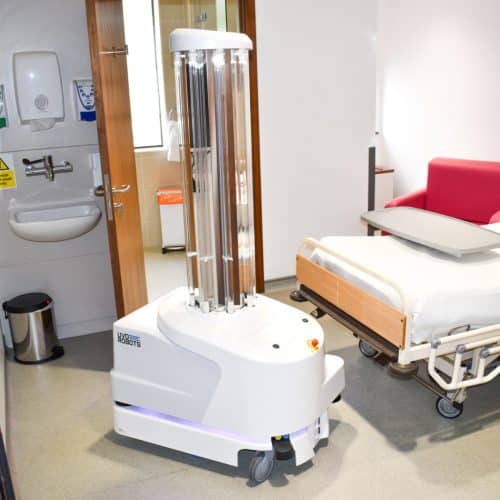
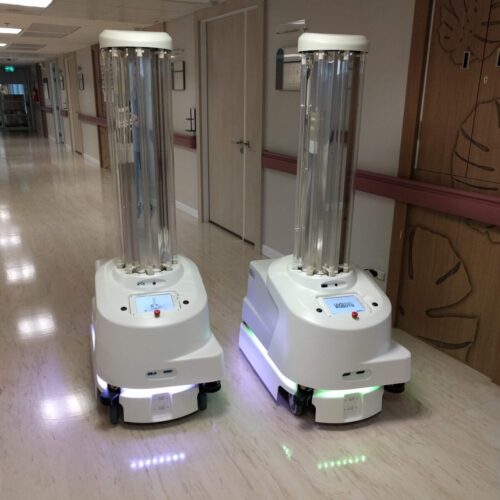
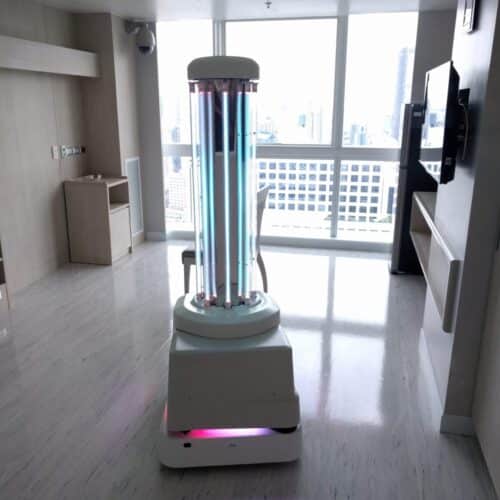
Want to find out more about the UVD Robot? Speak to an expert today on 08456446824 or email your enquiry to [email protected]
Enquire
"*" indicates required fields









